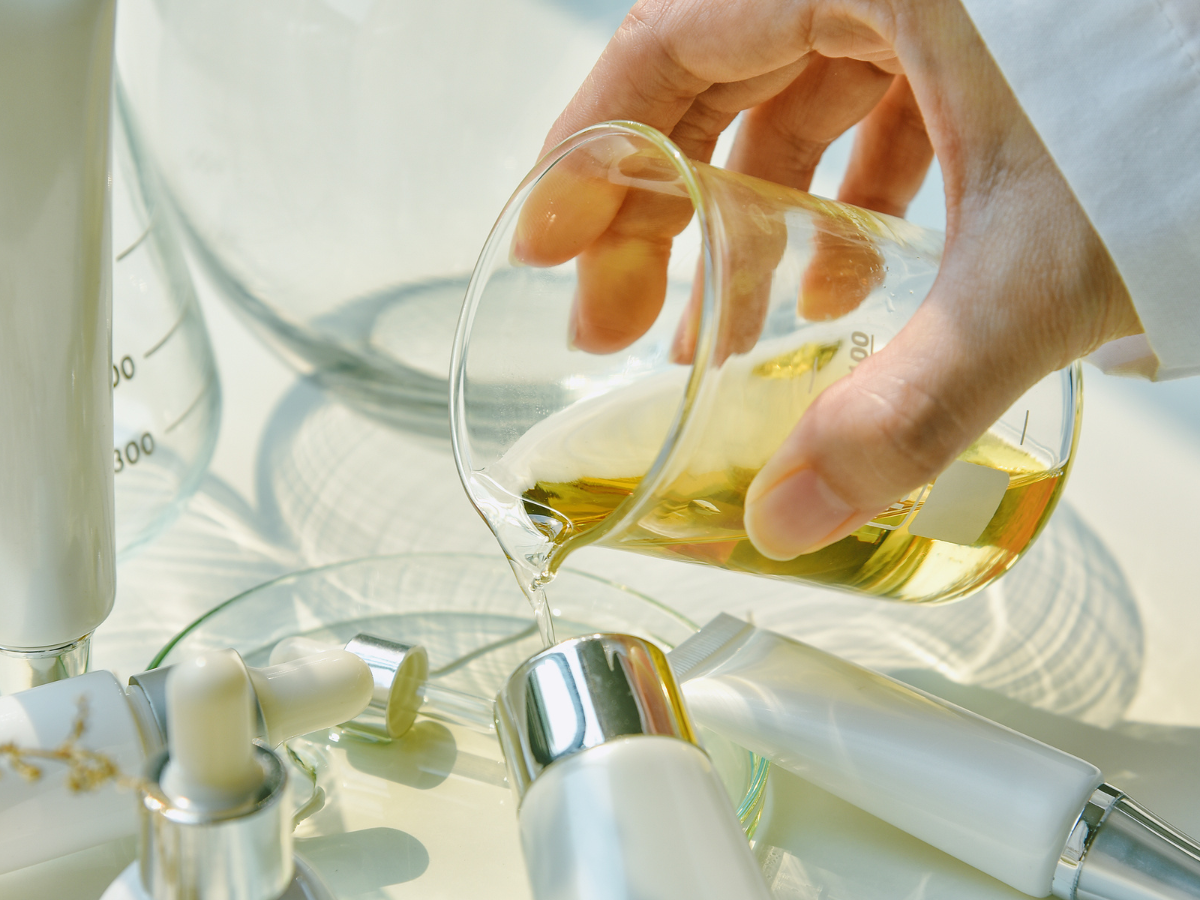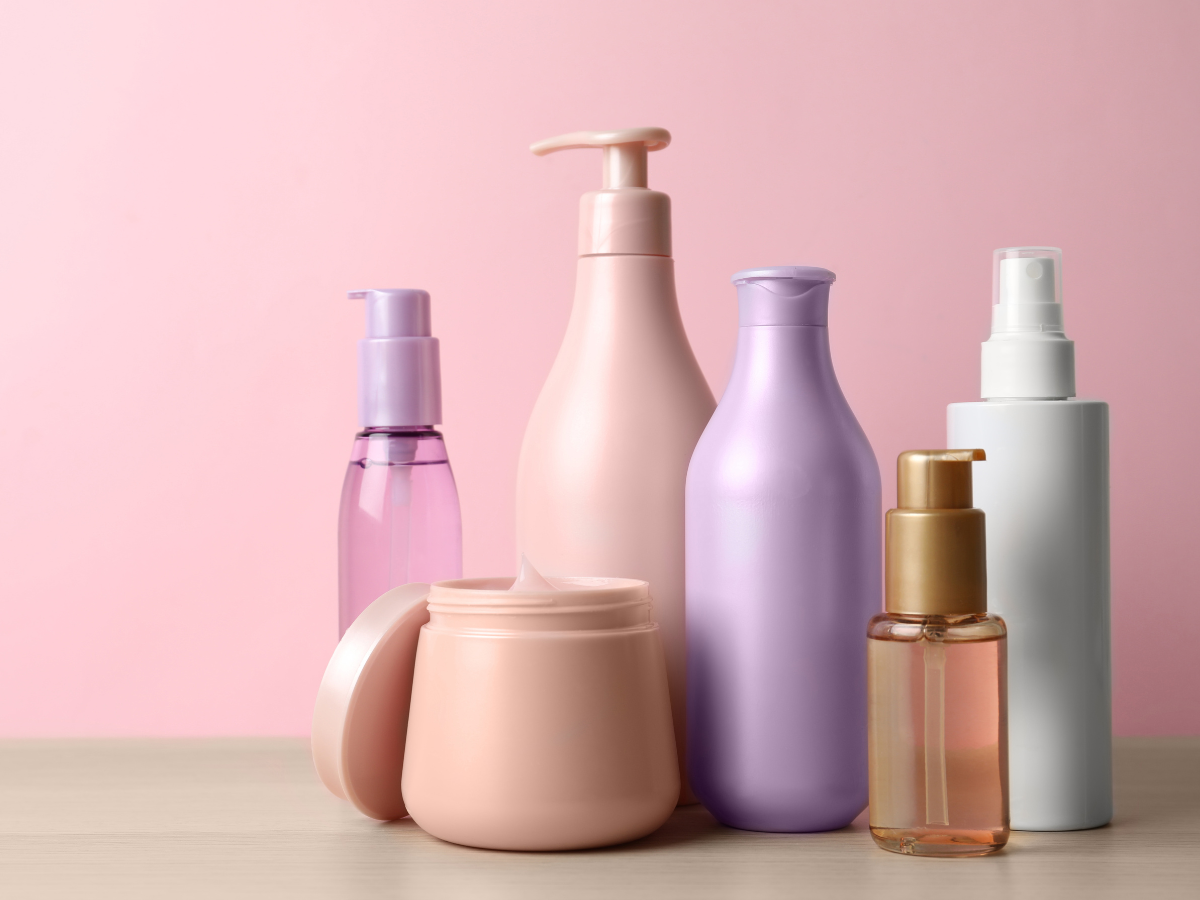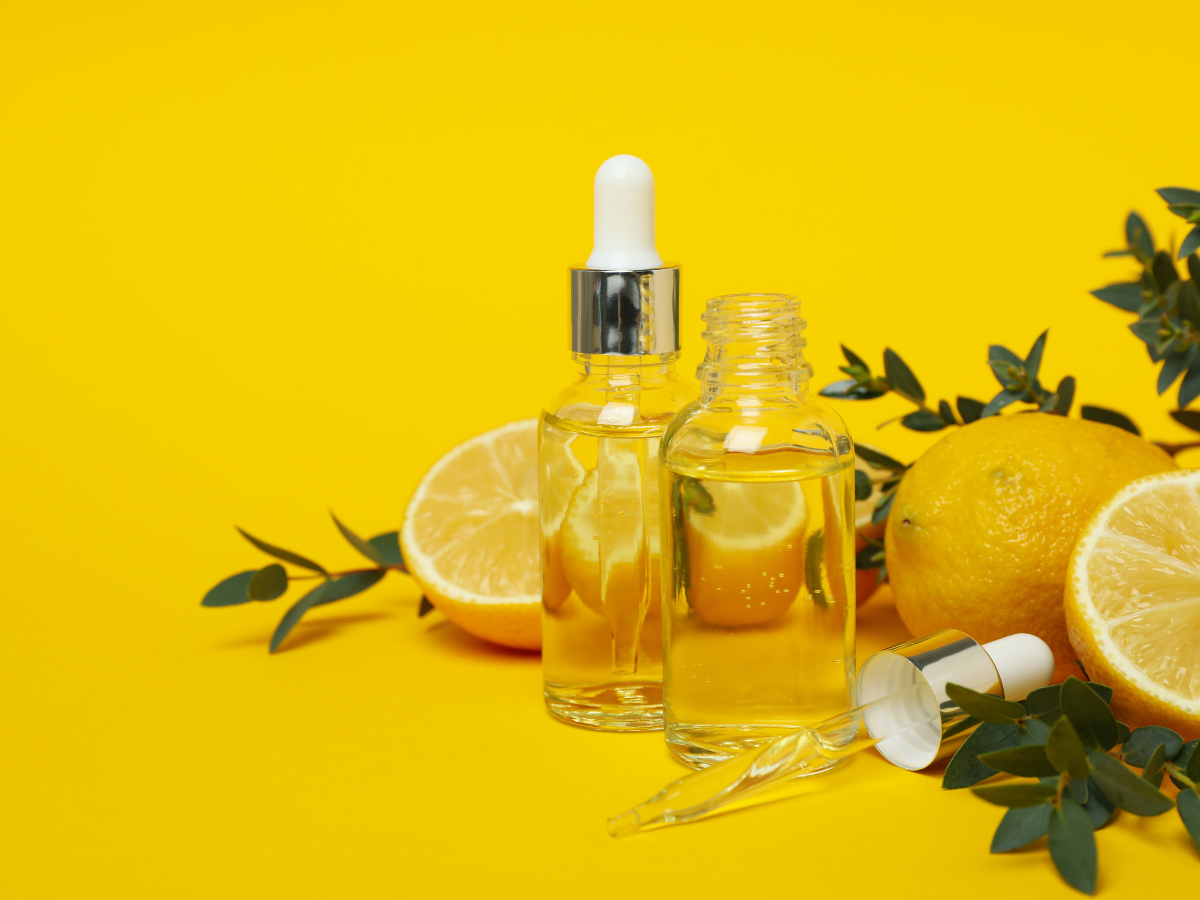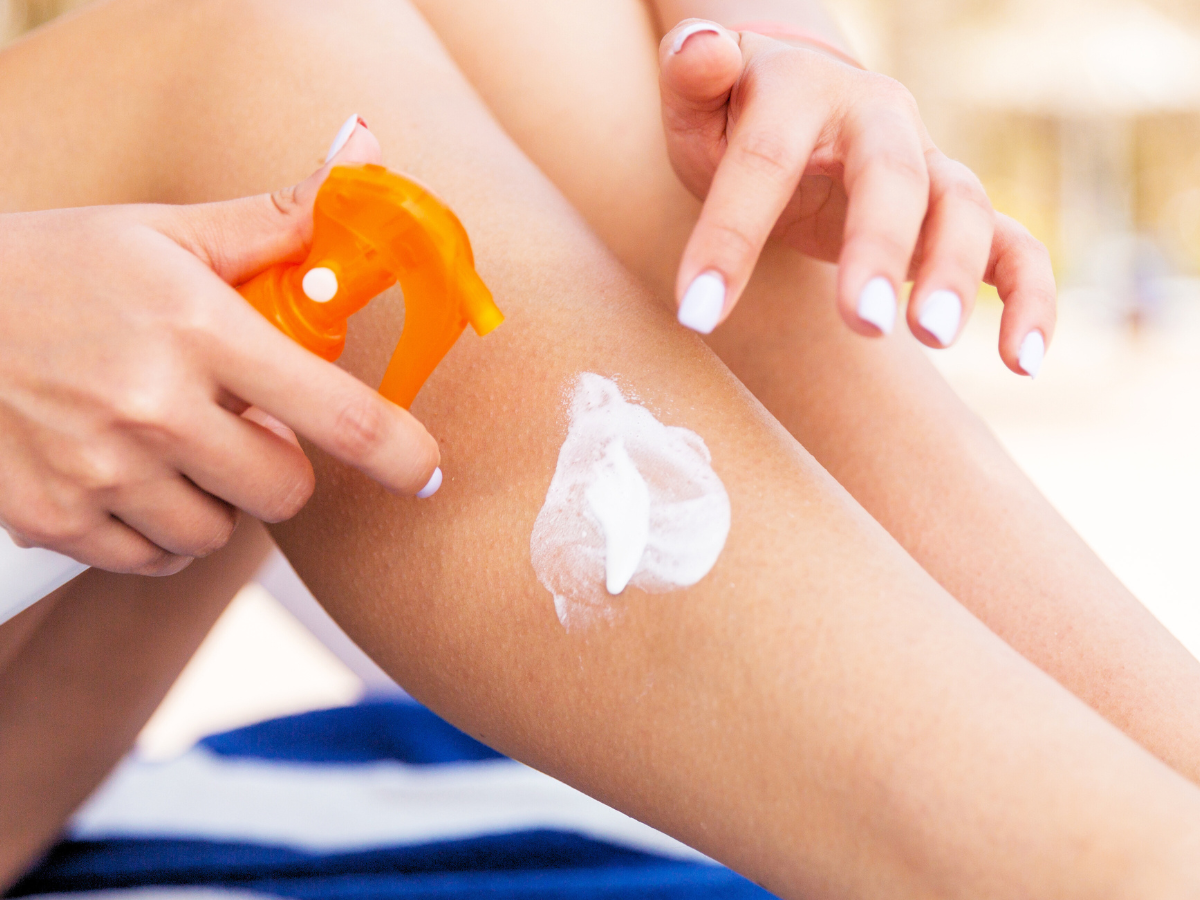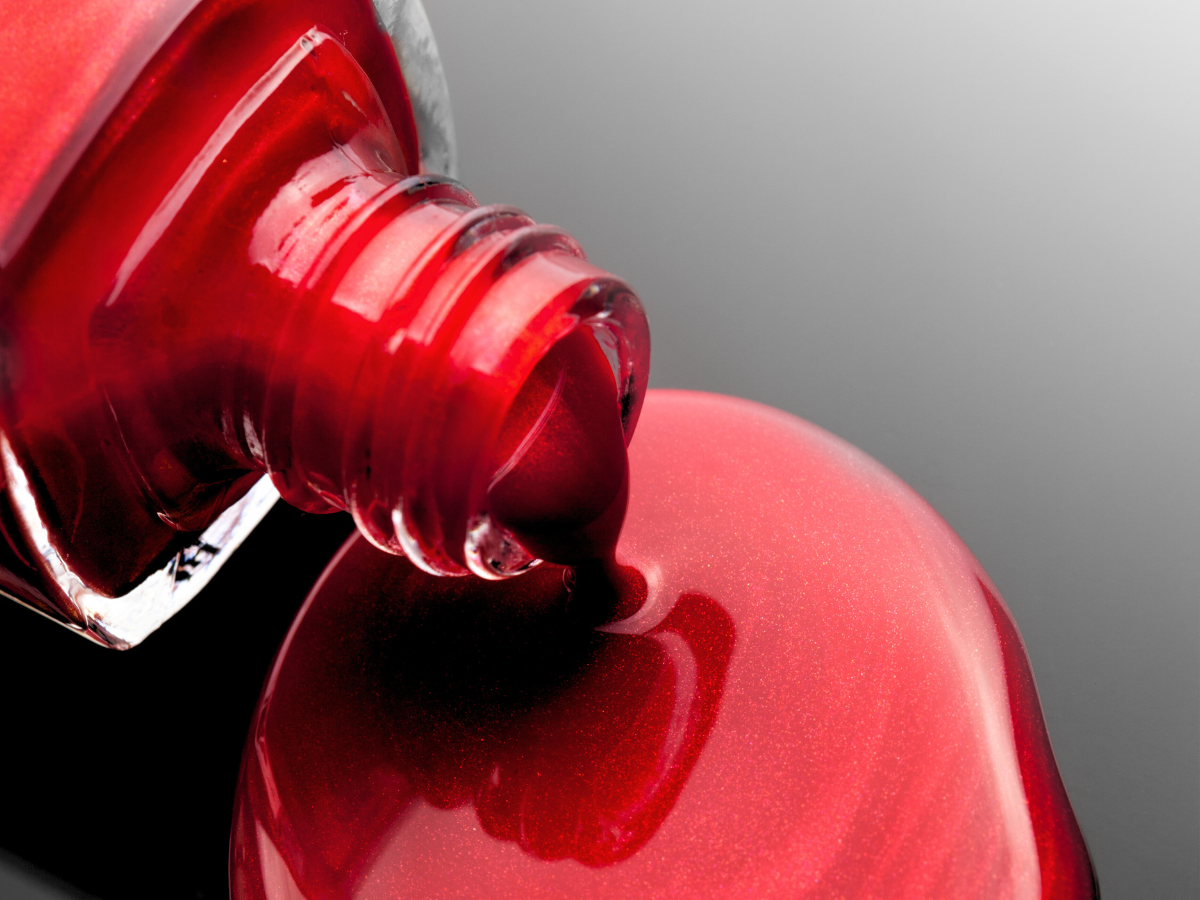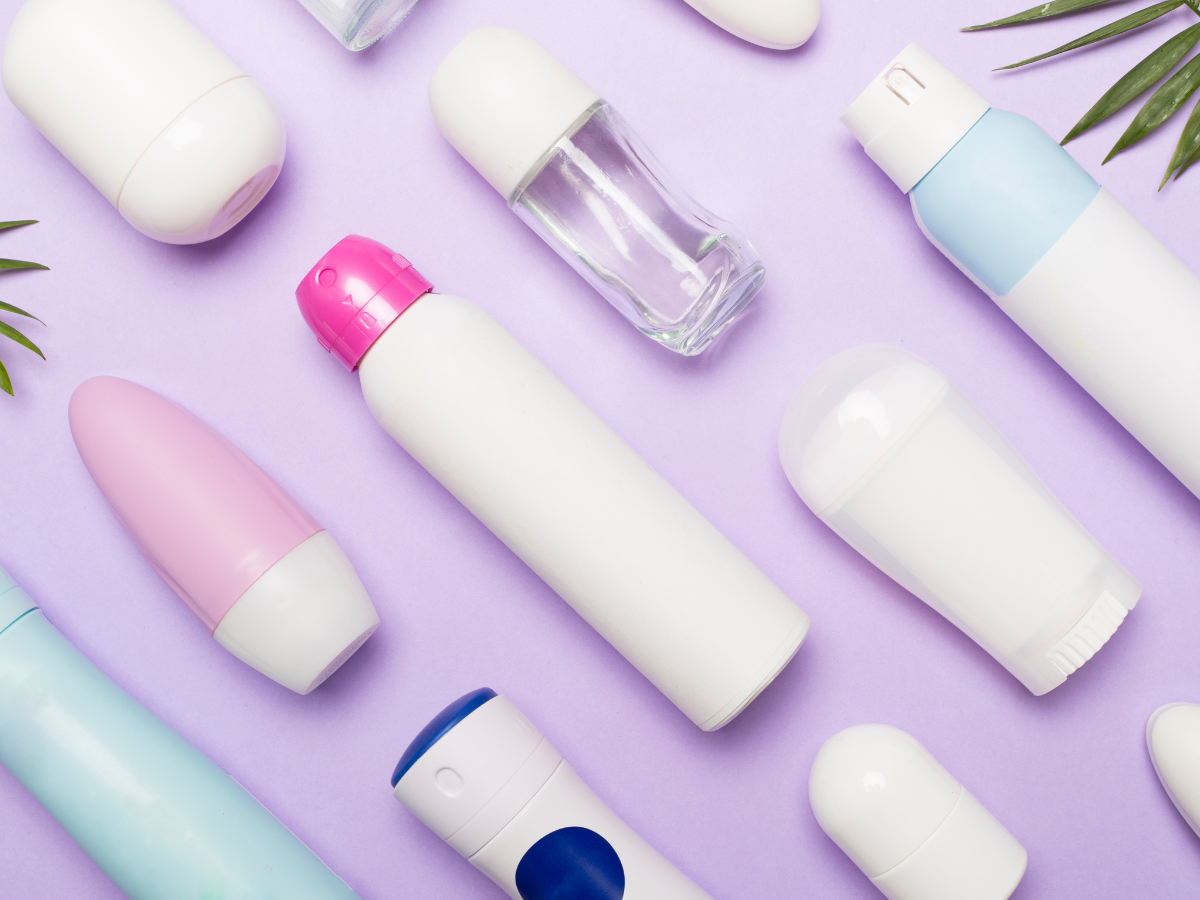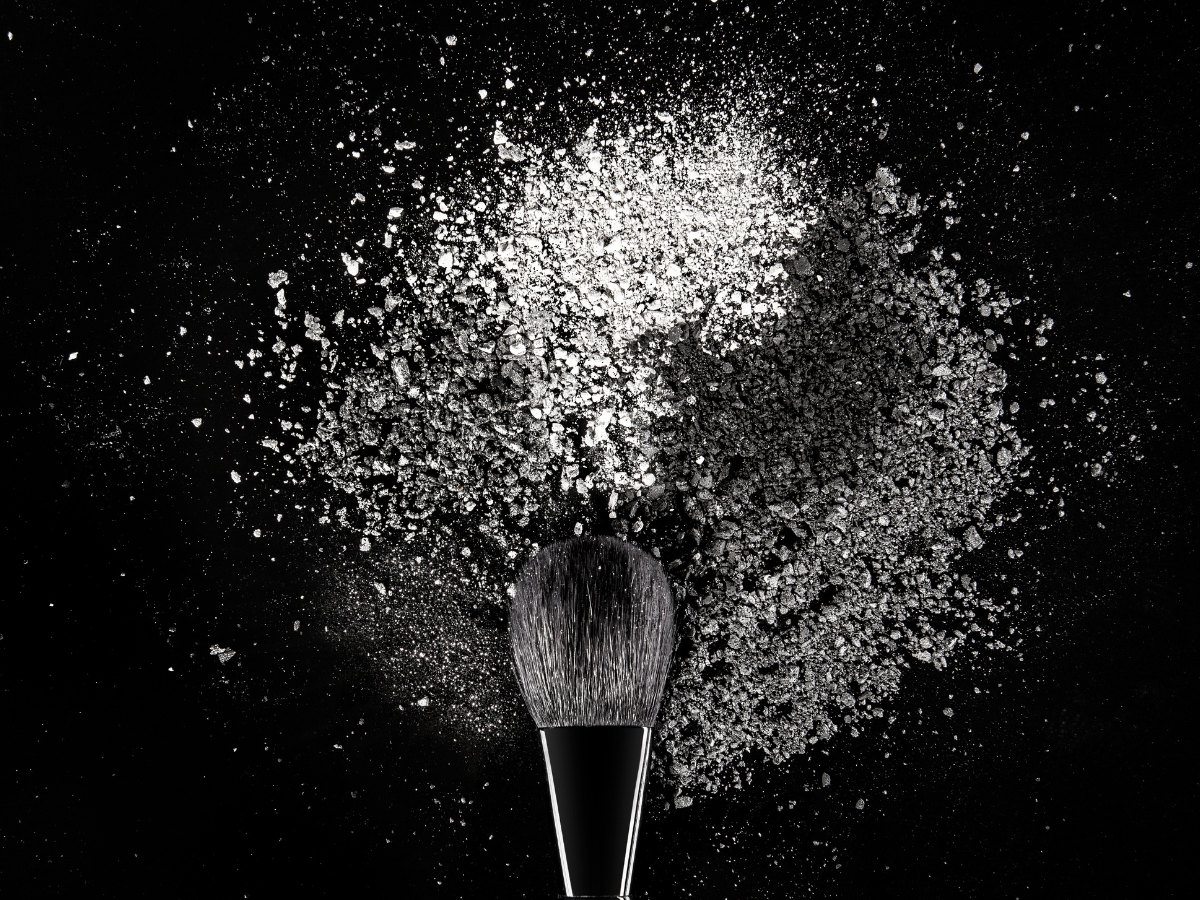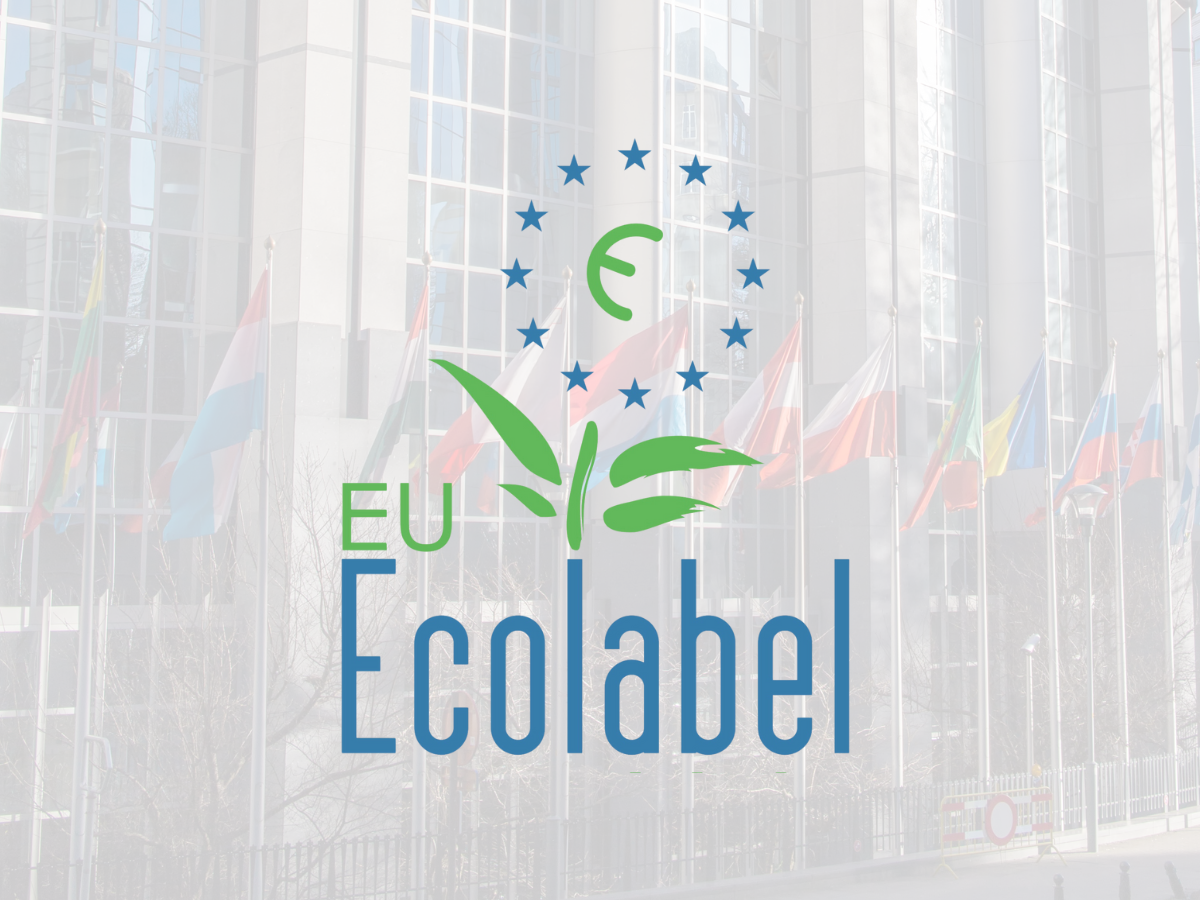LEGAL FRAMEWORK
According to the European Cosmetics Regulation (EC) No 1223/2009, a cosmetic product is defined as “any substance or mixture intended to be placed in contact with the external parts of the human body (epidermis, hair system, nails, lips and external genital organs) or with the teeth and the mucous membranes of the oral cavity with a view exclusively or mainly to cleaning them, perfuming them, changing their appearance, protecting them, keeping them in good condition or correcting body odours”. This means that, in Europe, sunscreens are within the scope of cosmetic products and must not cause damage to human health when applied under normal or reasonably foreseeable conditions of use.
‘UV-filters’ are substances which are exclusively or mainly intended to protect skin against certain ultraviolet (UV) radiation by absorbing, reflecting or scattering. The list of UV filters allowed in cosmetic products is in the Annex VI of the European Cosmetics Regulation, as well as the conditions they need to comply with.
In the European Union (EU) a sunscreen product needs to meet the definition of ‘cosmetic product’ as set out in the Regulation and needs to contain one or more UV-filter included in Annex VI.
In cosmetic products made available on the European market, it is only possible to use UV-filters which are included in the positive list (Annex VI) and when used in accordance with the conditions laid down in this Annex. Nevertheless, it is not permitted to use ingredients listed in Annex VI when they are not intended to be used as UV-filters and are not in accordance with the conditions laid down.
In the United States (U.S.), sun care products are considered Over-The-Counter (OTC) drugs and are regulated by the Food and Drug Administration (FDA) and its regulations (NDA and ANDA). Likewise, in Australia, these products are regarded as “therapeutic sunscreen products”.
SUN PROTECTION AND EFFICACY
Sun care products should contain protection against all dangerous UV radiation. UVB radiation (shorter wavelength) is the main responsible for the inflammation of the skin (‘sun burn’) and the resulting reddening of the skin (erythema). On the other hand, UVA radiation is the main contributor for the cancer risk and it cannot be neglected.
Sunscreen can be effective in preventing sunburn. Scientific findings also suggest that they can prevent the damage linked to photo-ageing and they can protect against photo-induced immunosuppression. There are epidemiological studies that show that the use of sunscreen products may prevent some types of skin carcinomas. Nevertheless, there is no conclusive scientific evidence that the use of sunscreen products prevents melanoma.
In order to have preventive characteristics, it is necessary for sunscreen products to protect against both UVB and UVA radiation. The efficacy of sunscreen products is an essential factor of their safety and an important public health issue. There must be a clear, simple and unambiguous indication of the efficacy of sunscreen products, based on standardized and reproducible criteria. The label and claims of sunscreen products should provide sufficient information to help consumers choose the appropriate product and apply it correctly.
In 2006, the European Commission published a Recommendation on the efficacy of sunscreen products and the claims made relating thereto. It sets out claims that should not be made, precautions to be observed (including application instructions) and minimum efficacy standard for sunscreen products in order to ensure a high level of protection of public health.
According to such Recommendation, sunscreen products should not claim or create the impression that they provide total protection from the risks deriving from over-exposure to UV radiation. No sunscreen can filter all UV radiation and even sunscreen products which are very effective (and address both UVA and UVB radiation) cannot guarantee full protection against health risks from UV radiation.
SUN PROTECTION FACTOR AND TESTING
SPF means “sun protection factor” and it refers only to protection against the radiation which causes erythema (mainly UVB radiation). It is calculated by the ratio of minimum erythemal dose on skin protected by a sunscreen product to the minimum erythemal dose on the same unprotected skin. UVA protection factor means the ratio of minimum UVA dose necessary to induce a persistent pigment darkening on the skin protected by a sunscreen product to the minimal UVA dose necessary to induce the minimal darkening effect on the same unprotected skin.
As explained previously, sunscreens need to contain both UVB and UVA protection. The degree of protection should be measured using standardized, reproducible testing methods and take photo-degradation into account. In vitro testing methods should be preferred.
A minimum degree of 6 for UVB protection must be ensured as well as an UVA protection factor of 1/3 of the SPF. Besides, a critical wavelength of 370 nm needs to be guaranteed. The efficacy of sunscreen products should be indicated on the label by reference to categories such as ‘low’, ‘medium’, ‘high’ and ‘very high’.
Different regulations (EU, U.S, Japan, etc) have set out different methods for testing sunscreen products and the differences between methods make it impossible to compare the SPF effectiveness, as there are no equivalent factors or tables. For this reason, an ISO standard was created (harmonized and global methodology) to ensure that all sun care products can be measured under the same conditions and ensure the safety of consumers
ISO 24444:2019 (which has updated ISO 24444:2010) sets global and harmonized guidelines for the in vivo determination of the sun protection factor (SPF) of sunscreen products. It is applicable to products that contain any component able to absorb, reflect or scatter UV rays and which are intended to be placed in contact with the human skin. The document provides a basis for the evaluation of sunscreen products for the protection of human skin against erythema induced by solar UV rays.
Moreover, a determination of the water resistance should be performed in all sunscreen products. It will allow to compare the SPF after a period of immersion in water with the originally determined SPF. The ISO 16217:2020 specifies a procedure of water immersion for the in vivo determination of the water resistance of sunscreen products.
In sum, a sunscreen product must be safe and protect both against UVA and UVB. Sun Protection Factor, UVA, critical wavelength and water resistance tests need to be performed in order to ensure such safety and protection.
Want to place a sun care product on the market? We can help you! Feel free to contact us at info@criticalcatalyst.com.
References:
- Regulation (EC) No 1223/2009 of the European Parliament and of the Council of 30 November 2009 on cosmetic products.
- Commission Recommendation of 22 September 2006 on the efficacy of sunscreen products and the claims made relating thereto. Available from: https://eur-lex.europa.eu/legal-content/EN/TXT/?uri=CELEX:32006H0647




